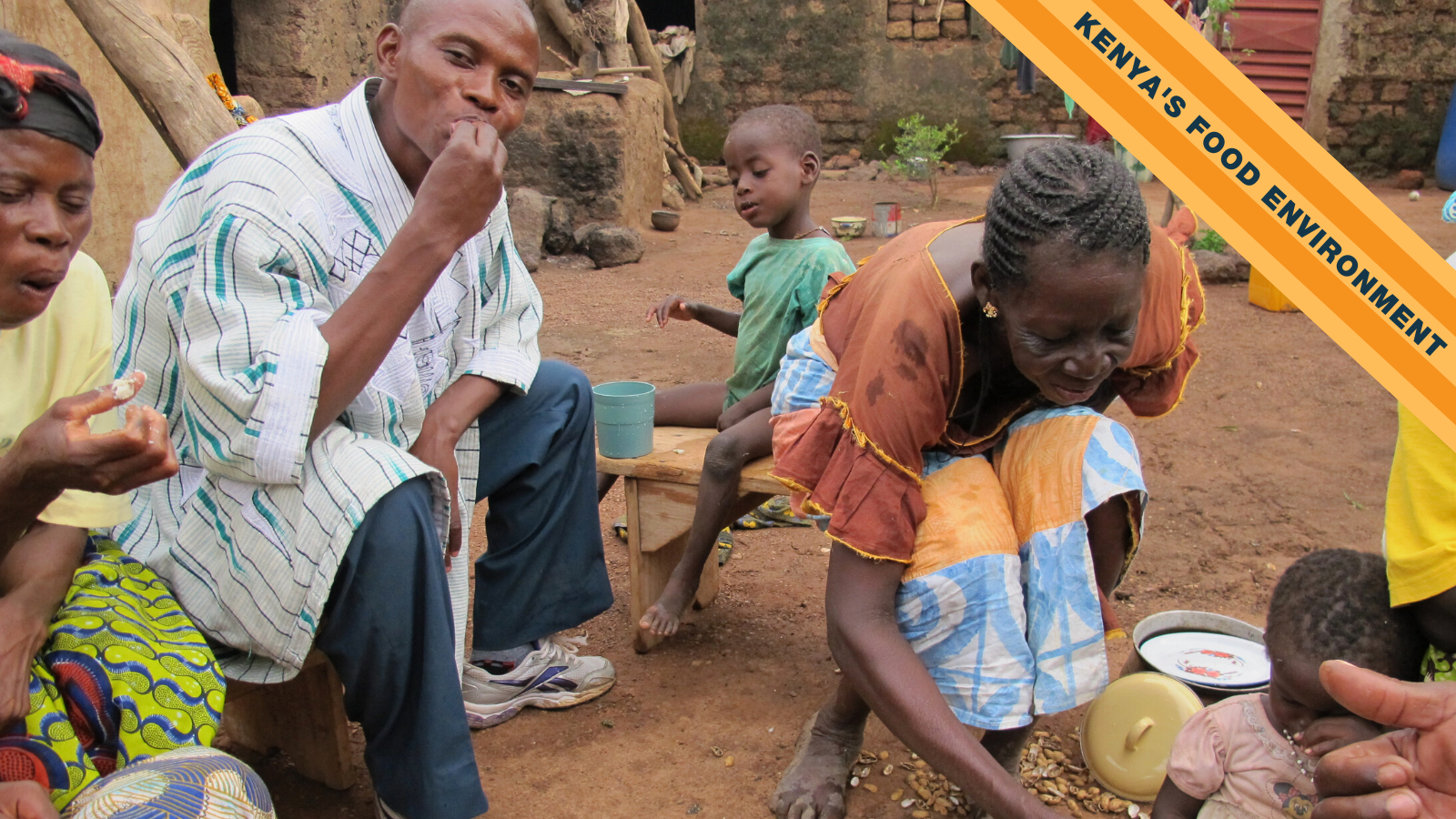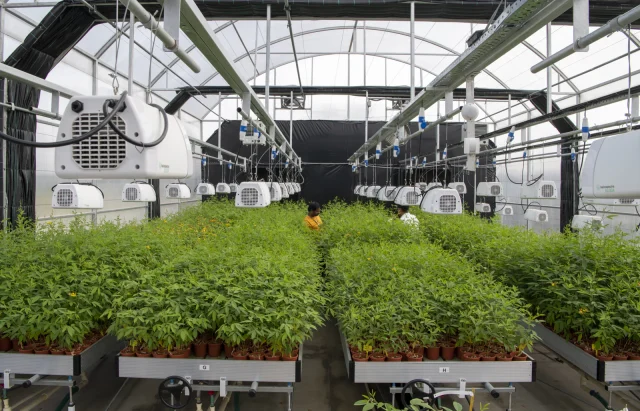Decoding the food and culture connection to promote healthier foodways in Kenya
- From
-
Published on
03.10.22
- Impact Area

Food and culture are inherently connected. What natural sources people use to obtain their food, what they consider consumable and what they do not, how they prepare it, and how they consume it (in whose company and following what rites) has been determined by the beliefs of communities and their conceptions of the holy and the profane, as well as of the surrounding landscape and available resources. All this shapes local foodways. Just imagine how many different foodways you could find in a country with more than 850 species of indigenous plants, eaten by around 60 different ethnolinguistic groups, each with their own culture. This copious diversity is key for nutrition. Our scientists have been documenting these foodways to comprehend and promote them among the young people of their communities, whom modernity is distancing from the knowledge of their ancestors.
Related news
-

ICRISAT to Deliver World-Class Services as CGIAR’s Breeding Resources South Asia Hub
International Crops Research Institute for the Semi-Arid Tropics (ICRISAT)07.07.25-
Biodiversity
-
Food security
Strategic collaboration to scale innovation and deliver harmonized, high-quality support across CGIA…
Read more -
-

ICRISAT to deliver world-class services as CGIAR's Breeding Resources South Asia Hub
Breeding for Tomorrow07.07.25-
Nutrition, health & food security
Strategic collaboration to scale innovation and deliver harmonized, high-quality support across CGIA…
Read more -
-

Scaling nutrition impact: Schools serve up High-Iron Beans
The Alliance of Bioversity International and the International Center for Tropical Agriculture (CIAT)03.07.25-
Nutrition, health & food security
Iron-rich beans can be integrated into consumers’ diets to enhance nutrition and cognitive functio…
Read more -
